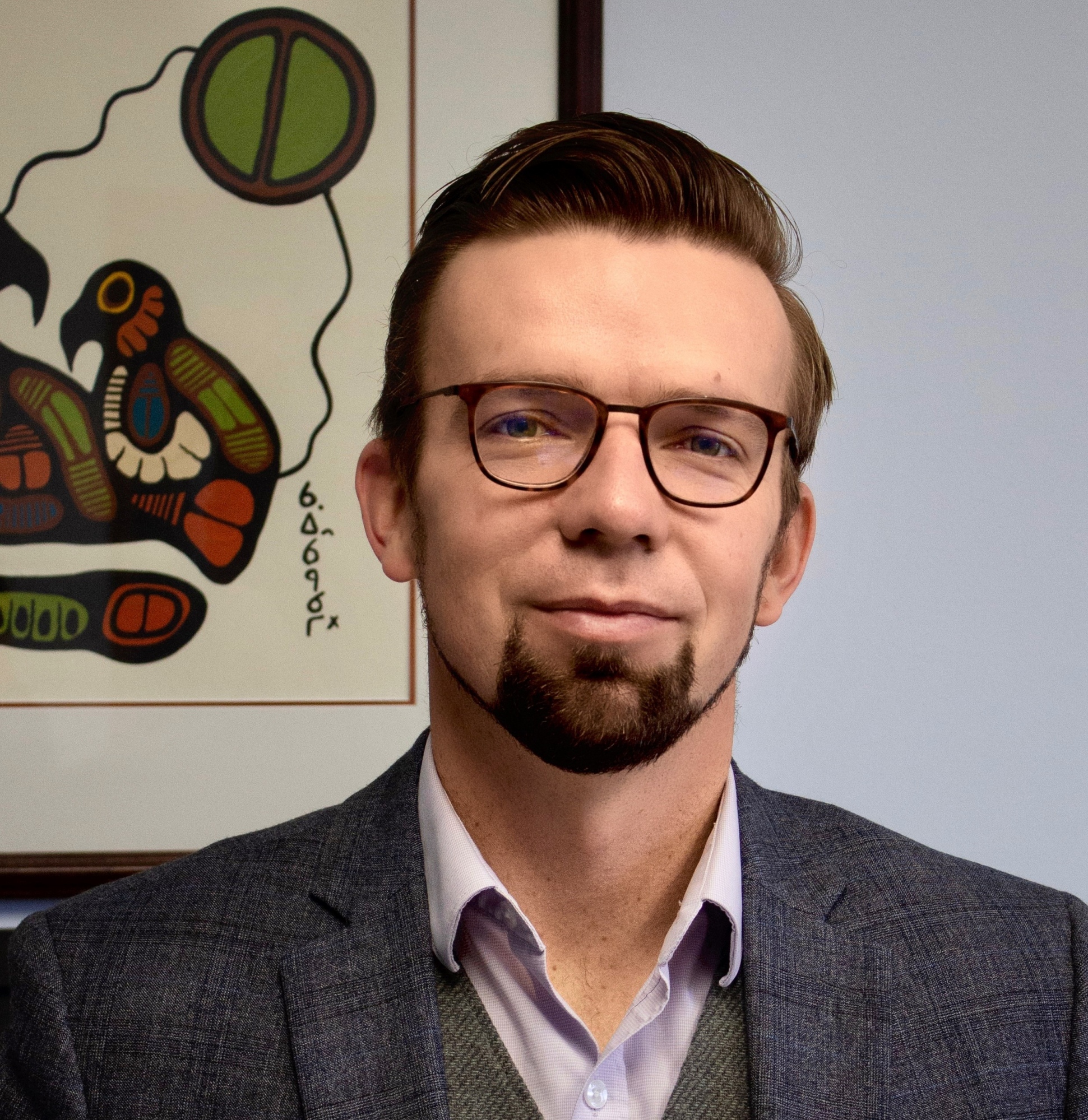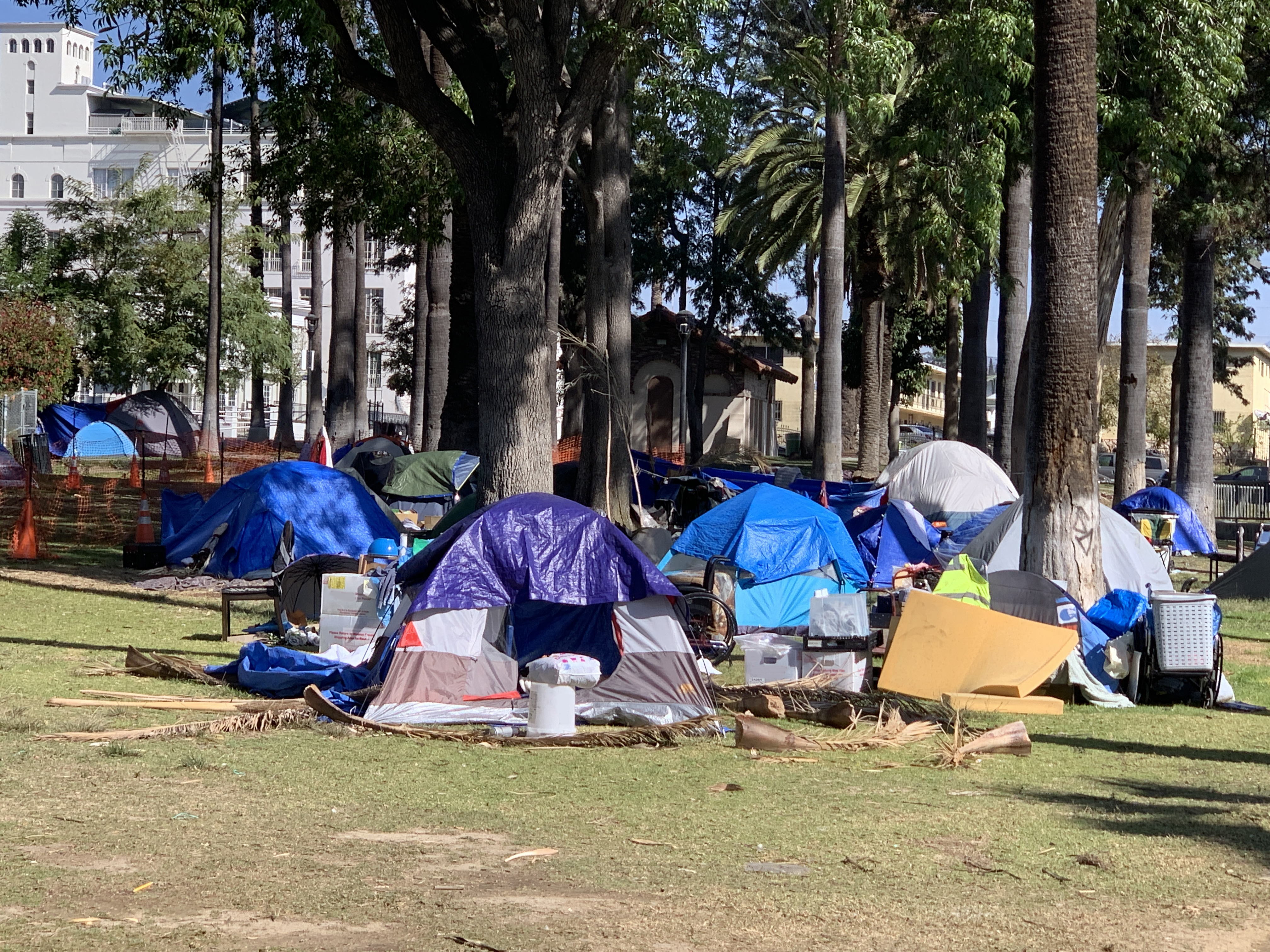An Interview with Henry Wall
An Interview with Henry Wall
By Manny Kalra
April 2023

Living in Northwestern Ontario for the past sixteen years, Henry greatly appreciates the beauty, diversity, unique challenges, and opportunities, both financial and cultural, that rural and remote communities face.
Henry has dedicated himself to making communities in the District of Kenora stronger and more inclusive for all and ensuring that work is done through fostering strong relationships and partnerships with First Nation communities and Indigenous Organizations.
OMSSA: With homelessness becoming a topic of discussion throughout Canada, how has the approach from all levels of government changed to support Kenora and Northern Ontario Human Services staff? What are some challenges for rural northern communities with regard to housing and community development?
Henry Wall (HW): Several things have changed, especially in the last eight to ten years. The idea that only urban cities and centres were encountering homelessness has wholly changed; the size of the community does not matter. As a result, we have found that there is a disconnect between the higher levels of government and smaller communities, such as the District of Kenora, and municipalities to some extent and that the resources for addressing homelessness or homelessness prevention are population-based, or calculated on a population based on the assumption.

On the flipside, when you look at challenges for housing, you have to factor in that the majority of our homes built in this community were pre-1960’s with less than six percent of housing stock being added in communities such as the City of Kenora after the year 2000.This leads to yet another challenge in that competition for the housing stock increases as more and more people require housing, thereby making the combat for homelessness increasingly more difficult.
Northern Ontario's economies have also changed with more mines opening and increased investments in the healthcare and education sectors. What we're finding is that those pressures in the absence of increasing housing stock is pushing more families and individuals onto the margins. As such, we must recognize that when we look at addressing homelessness, we also have to look upstream at the entire housing stock.
I think, and this is where OMSSA members have made some incredible strides, we must acknowledge that until education, health, justice, and child welfare systems make ending homelessness a priority, communities will continue to chase the goal of ending homelessness. The other reality that cannot be ignored is the fact that the generations of broken Treaties by the government and the under-investing in First Nation communities is pushing people off the reserve.
This practice of under-investing in First Nation communities is forcing Indigenous people into urban centre communities like Dryden, Kenora, Sioux Lookout, and Red Lake. These municipalities are not given the tools to ensure adequate housing investment plans as there are no housing funding programs or homelessness prevention funding programs that actually account for this unique challenge or supports the municipalities for these unique and increased pressures. The result is more people being displaced into homelessness.
OMSSA: As northern communities do more with less, could you provide your insight regarding the importance of human services integration, especially with regard to your work in Kenora and other Northern communities? Are there lessons to learn that can be applied elsewhere?
HW: Absolutely; I think we've become quite skilled at working collectively and collaboratively through partnerships in recognition that no emergency shelter in Ontario will end homelessness. Emergency shelters really keep people alive for one more day but shelters in themselves will not end homelessness. With that recognition through integrated planning and working with community partners, we've been able to create some very, quite incredible programs in our district. Looking at the All-Nation’s Health Partners as an example, we have Health, Justice, Social Services, Child Family Services, Developmental Services and First Nation communities coming together to work on common goals.
We recognize that no one organization has all the tools and resources to address the challenge faced in the human services sector. As such, we work closely with our community partners by pooling our resources, co-planning and stacking our funding resources, and have found that we can do more with less. I would say some unique programs have come out of it as a result, such as creating housing programs with First Nations communities to support students’ access to high school education, which alone would have been quite difficult to make possible.
We are moving forward with co-planning and integrating primary care, health and social services supports and housing. The result is better housing and health programs.
If we look at the results of integration, as a community we have just launched the Kenora Justice Center which could not have been possible without undergoing the integration process. With the success of working together by combining resources, we currently have more housing units under construction than we have had at any time over the last 30 years.
OMSSA: In your experience, throughout your career, what would be some of your greatest achievements and what makes them so significant?

As a result, we're creating some interesting projects and programs. I mentioned the student family housing program, Windigo First Nation Council. This project is one that's dear to me because students shouldn't have to leave their community and not know if they're going to return home alive. Providing holistic wraparound supports to make sure that our young people, from the community of Windigo First Nation communities, have a fighting chance at attaining high school education is a priority for us.
It is achievements like these and the new Community Justice Center in Kenora that are creating a new way of bringing human services, social services and justice under one roof that makes the work exciting.
Through unique partnerships, over the last eight years, we've been able to double our housing stock. An achievement that I am very proud of and one that speaks to the caliber of our team.
OMSSA: You have served on several Associations throughout your career, could you elaborate on what led you in joining OMSSA and becoming part of the association?
HW: I firmly believe that for associations to be strong and meaningful, the membership must give as much to the association as they receive; it’s a two-way process. This is what I enjoy and cherish about OMSSA as an organization. There are things that we can share and contribute at the 47 Leads table from our experience in the north, being committed to Truth and Reconciliation, and sharing that knowledge with the other 46 Leads. The other aspect is knowing that when I sit at that table, I learn constantly from the other 46 Leads that sit across from me, in terms of what is working and what may not be working.
OMSSA is a place where we can go to share and a place where we can take back, which creates a powerful bond amongst the 47 members in that we are all in this together. You learn that while there may be different and unique challenges between northern and southern communities, it comes down to the fact that the challenges we face in the north are the same as those in Toronto, the same as Windsor, and the same as Ottawa. So, there is so much in the association that unites us as DSSABs and CMSMs.
There's just something about knowing that the person sitting next to you, most likely, is going through some of the same challenges in communities that they're serving as I am, and so to be able to just share that while at a place while being open and about what works, what doesn't work, has really led me to stay with OMSSA.
OMSSA: Aside from your professional career, what is your biggest passion that you enjoy during your downtime and what inspired you to follow that passion?
HW: I have always had a passion and love for people. That is what led me to change and combine my interest in working in economics and human services. For many people, this may not be an obvious transition; however, there are many overlaps that complement one another.
This passion for people and seeing people thrive when they are empowered and given the tools to build a life on their terms makes working in the human services sector more than just a profession; it becomes a lifestyle.
I think that is why we have all chosen this work, knowing that it's about making our communities better all for everyone.
I enjoy being part of OMSSA and having the ability to connect with frontline staff from across the province at these conferences and hear from them in terms of what is going well, what is not, and the opportunities they see in the sector. I find the conferences are an opportunity to become better leaders as well.
OMSSA: You mentioned growing up in Mexico. What brought you here to Ontario and Kenora from Mexico?
HW: My grandfather, on my dad’s side, was a physician who also was very enthusiastic about outreach work, which led my family down to Mexico. On my mom’s side, it’s a bit of neat Canadian history.
In the early 20th century, many Mennonites fled from Canada to Mexico to escape government policies that sought to take control over their education and that conflicted with their beliefs. The fear for many was a repeat of the atrocities they experienced and fled from in what now modern-day Ukraine is. In 1922, Mennonites started making settlements in Mexico in the state of Chihuahua.
Where we lived and grew up, I would often jokingly say that our house was probably the furthest place from any ocean. This is somewhat contrary to what people often think of when they think of Mexico.
My family moved to Canada in 1995 shortly after the peso crashed n the early 1990s. When the peso crashed, the Mexican currency became devalued overnight. For example, a bag of chips which would have been about $1 peso at the time, went to $1,000 pesos in a matter of days. Simply put, the wealth of much of the middle class was wiped out. The change and impacts on the local economies really gave a foothold for the drug cartels.
The result for my family was that in the summer of 1995, we ended up at the border in Windsor with nothing more than our clothes and whatever possessions we could fit on our pickup truck. I remember as we travelled through the United States to get to the Canadian border, every time we stopped, I would check under all the vending machines looking for loose change that had fallen and rolled under the machines, out of reach for the adults. That experience taught me valuable life lessons. It taught me that bad things can happen to anyone, even if they made all the right decisions. It also taught me to be strong and resilient because there are always opportunities.
After we arrived in Windsor, my siblings and I worked on many farm fields between Chatham-Kent and Aylmer; picking cucumbers, tomatoes, and tobacco. Our family was very fortunate. Through school, many families in the community came together to help us get on our feet. Perhaps it is because of this experience, I got into this line of work.
I ended up in Sioux Lookout because I thought it was Sault Ste Marie.
OMSSA: You have formal education in economics. How did you make the transition from being an economist to working in human services?
HW: I worked in the forest industry for some time. I went to training school in Memphis, Tennessee to become a lumber inspector. While I enjoyed the work, I knew that forestry wasn’t my passion; it wasn't my thing, so I went to school out on the east coast at Mount Allison University. I applied for their fine arts and got in, but I fell in love with economics.
My wife is from Sioux Lookout, and she was attending the school as well. There is a connection between Sioux Lookout and Sault Ste. Marie. Our plan was to move to Boston in order for me to work in the investment industry. I was going to work in an internship position at an investment bank. This is 2007. However, we decided that our calling was in Northern Ontario. I am glad we stayed because the financial crisis that followed would have changed things for us in Boston.
I started working with the Municipality of Sioux Lookout and was able to help the municipality put a deal together with Ontario through a special piece of legislation, that would provide the municipality, along with the community of Pickle Lake, a policing rebate in response to the communities having the highest costs per capita for policing in Ontario.
Through that process, I realized that a lot of what was driving policing costs was homelessness, people without homes, and people being forced out of communities because their communities lacked access to basic supports and services.
While the achievement provided imperative financial relief for the communities and the special legislation was successful for the community, I never could quite get over the fact that the real issues impacting policing had not been addressed.
In fact, the underinvesting in land-based healing programs, treatment programs, and improving access to education for marginalized and racialized communities have created a situation for communities whereby much of their resources have to go to policing and emergency responses instead of housing and community projects.
When the position of CAO at the KDSB came up, I thought that maybe this is the opportunity to make some changes.
OMSSA: Thank you, Henry.
About the Author
Manny Kalra is a third-year Public Relations Student at Humber College joining OMSSA as a Communications Intern as of January 2023.


